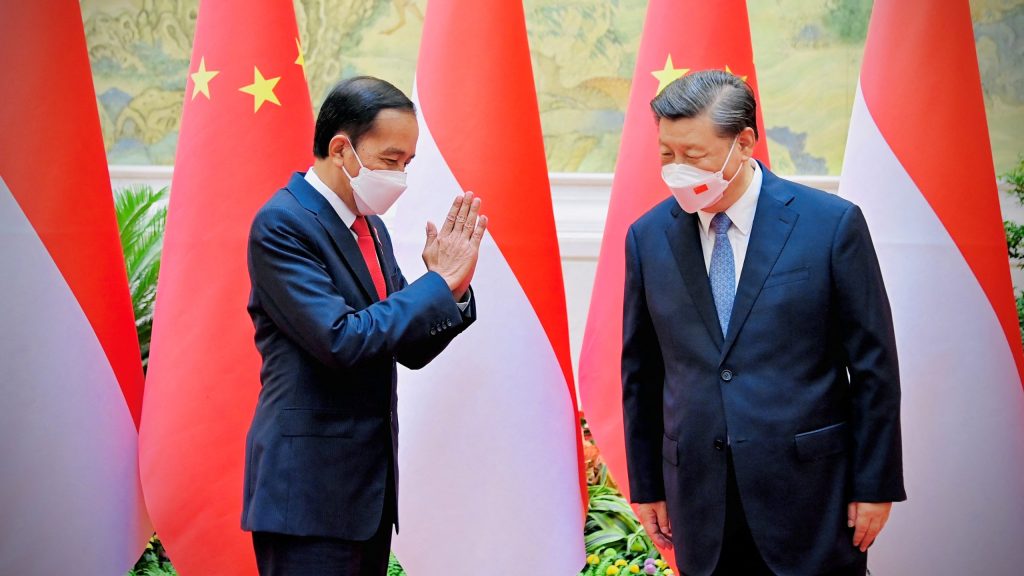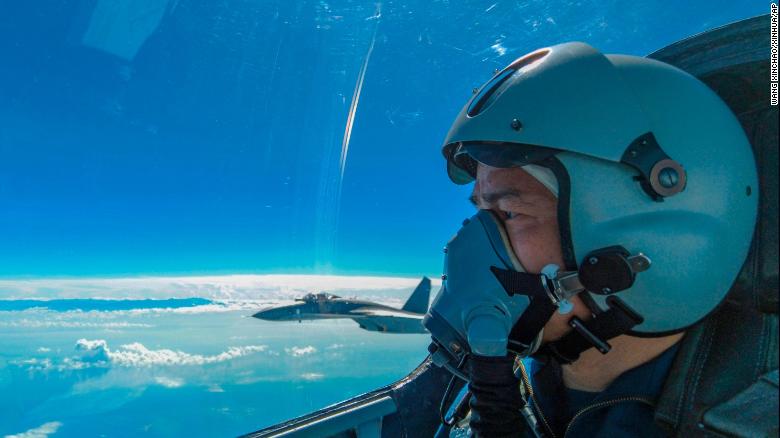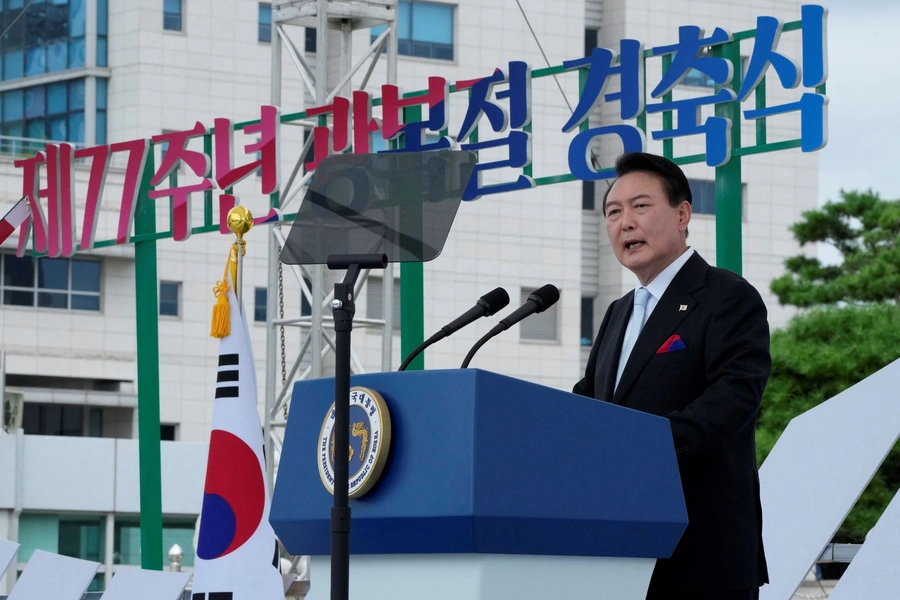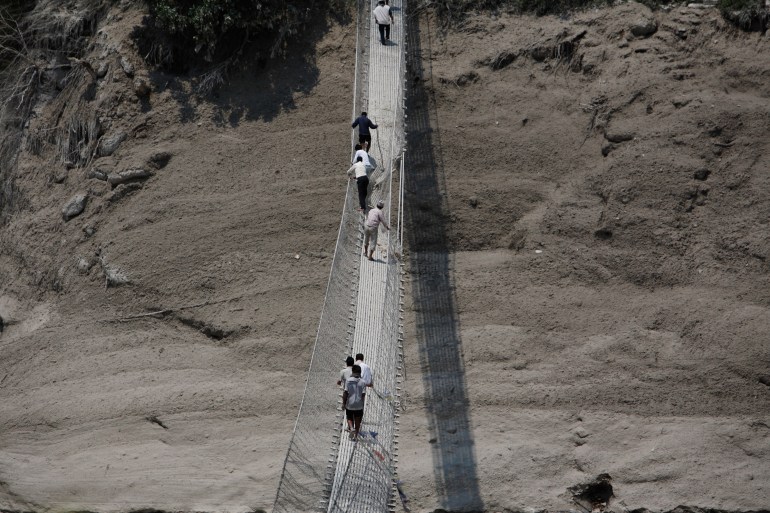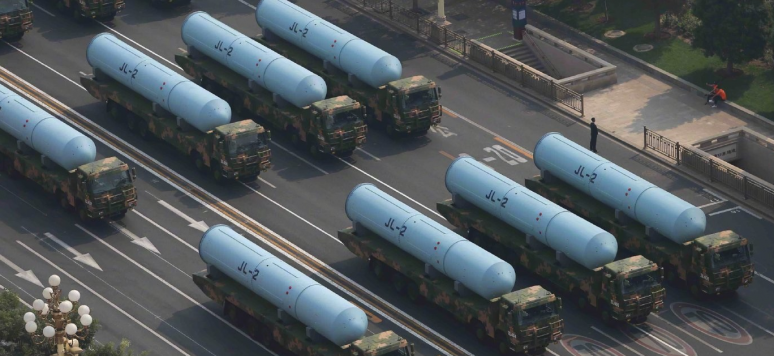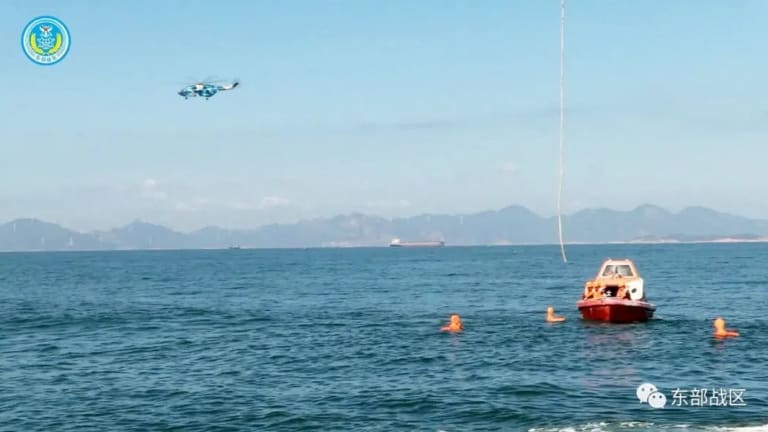Benjamin Powers
Is Web3 the new playground for terrorists?
If you’re new to Web3, it’s a decentralized version of the internet structured so that no one person or company can control it. Web3 includes the technologies underpinning cryptocurrencies, like blockchains (a digital ledger, or record) among others, but is foundationally built upon the use of crypto.
Both Web3 and cryptocurrencies have been under fire for being used by criminals and sanctioned governments, like North Korea, to such an extent that the Treasury Department last week added a Web3 service to its sanctions list — leading to more questions than answers about how that could impact the technology.
Two researchers at the Global Network on Extremism and Technology at Kings College London published a report on Aug. 1 on how extremists are using Web3, which the authors refer to as “DWeb.”
The report found that advocates for a more decentralized internet are optimistic that the DWeb will alleviate some of the issues with the current internet, like being controlled largely by corporations and the associated censorship. But the authors are skeptical of this, noting that there is already “re-centralization” going on within the decentralized web — “jeopardising the very ideal it was thought to pursue.”
But along with those using the DWeb to avoid censorship, so have extremist actors, like terrorists and the far-right. However, the scale to which extremists rely on DWeb is minimal — linked to the issues that stop people from interacting with the DWeb generally.
Grid caught up with Lorand Bodo, an open source intelligence researcher with a background in terrorism research, and Inga Kristina Trauthig, a senior research fellow at the Center for Media Engagement at the University of Texas at Austin, authors of “Emergent Technologies and Extremists: The DWeb as a New Internet Reality?” to discuss the relationship between DWeb and extremists in more detail.
Grid: Why is it important to look at how extremists are using the DWeb?
Inga Kristina Trauthig: Both of us have been researching extremism and terrorism for a few years now. Next to the granularity and specifics of certain movements due to local backgrounds (for example, [the Islamic State] in Libya vs. in Iraq) or ideological differences (for example, between religious or nationalist terrorism), there are certain characteristics that bind people who are engaged in extremism together. One of the most basic ones is that they are people and groups who have access to the same stuff as others do — and they work with trial and error.
In other words, once social media became a main source for communication and social organizing, these platforms were also increasingly used by extremists. However, while extremists are not always the first movers, they can be with regard to certain technologies — given their longing or necessity to operate under the radar.
G: There are two schools of thought on how terrorists are likely to use DWeb. Can you lay those out?
Lorand Bodo: We have been following a tendency to declare the decentralized web a new frontier for (online) extremism — with potential policy repercussions as lawmakers are alert to prevent future exploitation of technologies given that social media did not turn out to be the utopian online world many hoped for years ago.
However, when we spoke to DWeb advocates, they were largely convinced that extremists have and will continue to have little incentives and actual ways to exploit the DWeb due to its decentralized structure, onus on the individual and game theory approach, which allows for less power in the hands of few (potentially malevolent) actors.
G: What did you find while examining how extremists are interacting with DWeb?
LB: We found something in between the two poles I just outlined: On the one hand, the DWeb seems to play a marginal role for terrorist recruitment and communication, as the limiting features and related limitations of audience reach have been restraining their exploitation. On the other hand, it’s on their radar, which can be seen when extremists experiment with various DWeb tech.
We also want to emphasize that the DWeb movement should not be perceived as inherently problematic in our context. The DWeb can overall be a very positive development when it manages to shift power back to the users. And just because it’s more challenging to remove content [because no one government or company can make a unilateral decision] from the DWeb, doesn’t mean that DWeb services can’t do anything about it.
G: What was your most unexpected research result?
IKT: The most surprising and sobering finding was the relative low numbers for DWeb exploitation in both IS [Islamic State] and RWE [right wing extremist] data. At the same time, the DWeb is on extremists’ radar, given that those actors adapt regularly — and especially IS, which has higher pressure to operate secretively [because it is an international terrorist organization] than RWE actors, has started relying on DWeb services.
G: Ultimately, your report finds that extremists are not utilizing DWeb to a large degree. What does that say about the viability of a decentralized internet — particularly as critics have held up national security risks as a potential detriment?
The news is complicated. Get clarity delivered to your inbox.
Sign up for Grid's daily newsletter and get the context you need on the most important stories of the day.
Sign Up
IKT: Since the DWeb is far from being as popular as the current Web 2.0, DWeb services may attract nefarious actors due to its greater resilience against account and content removals, but extremist entities also assess online platforms before choosing which ones to use for what. Audience reach and usability are factored into this assessment, and the DWeb scores relatively low in those regards.
Therefore, other technologies are still preferred by right-wing extremists (RWEs) as well as Salafi-jihadi actors. The analysis demonstrated that DWeb services are being exploited but not to a high degree. In fact, only 4 percent of the URLs or website addresses in the RWE sample led to a DWeb service. In the context of the Islamic State, just 14 percent of the URLs led to a DWeb service.
One attraction of the DWeb is that any content hosted there is not controlled by a central authority and thus not as easily removable. However, content moderation exists, it just works very differently than we are used to from the big social media companies — and we tried to elaborate on that a bit more in the report. This is one example of a major subfield of internet studies (content moderation) that needs to be reconceptualized, reassessed and incorporated into future studies assessing impacts of “the internet” on states and societies — if we don’t want to miss out on what could be the next big trend.
